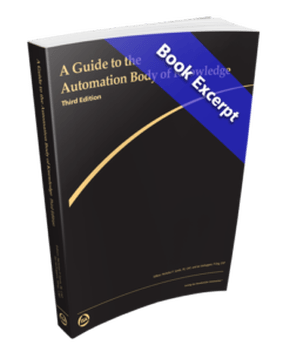AutoQuiz is edited by Joel Don, ISA's social media community manager.
This automation industry quiz question comes from the ISA Certified Automation Professional (CAP) certification program. ISA CAP certification provides a non-biased, third-party, objective assessment and confirmation of an automation professional's skills. The CAP exam is focused on direction, definition, design, development/application, deployment, documentation, and support of systems, software, and equipment used in control systems, manufacturing information systems, systems integration, and operational consulting. Click this link for more information about the CAP program.
Which type of communications error protection and correction uses a complex polynomial that results in a frame check sequence being added to a message?
a) checksum
b) cyclic redundancy check
c) error correcting code
d) parity error correction
e) none of the above
Ethernet uses a 32-bit CRC, while Modbus uses a 16-bit CRC for error detection and correction.
Checksums and parity bits (a special case of a checksum) are calculated by various methods of binomial addition of words within a message, not with more complex polynomials.
Error correcting code is redundant data added to the communications message that allows the correction of errors, within the limits of the code used, without requiring retransmission of data.
The correct answer is B, cyclic redundancy check. Cyclic redundancy checking is a method of checking for errors in data that has been transmitted on a communications link. A sending device applies a 16- or 32-bit polynomial to a block of data that is to be transmitted and appends the resulting cyclic redundancy code (CRC) to the block. The receiving end applies the same polynomial to the data and compares its result with the result appended by the sender. If they agree, the data has been received successfully. If not, the sender can be notified to resend the block of data.
Reference: Nicholas Sands, P.E., CAP and Ian Verhappen, P.Eng., CAP., A Guide to the Automation Body of Knowledge. To read a brief Q&A with the authors, plus download a free 116-page excerpt from the book, click this link.
About the Editor
Joel Don is the community manager for ISA and is an independent content marketing, social media and public relations consultant. Prior to his work in marketing and PR, Joel served as an editor for regional newspapers and national magazines throughout the U.S. He earned a master's degree from the Medill School at Northwestern University with a focus on science, engineering and biomedical marketing communications, and a bachelor of science degree from UC San Diego.





